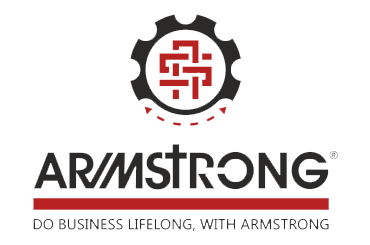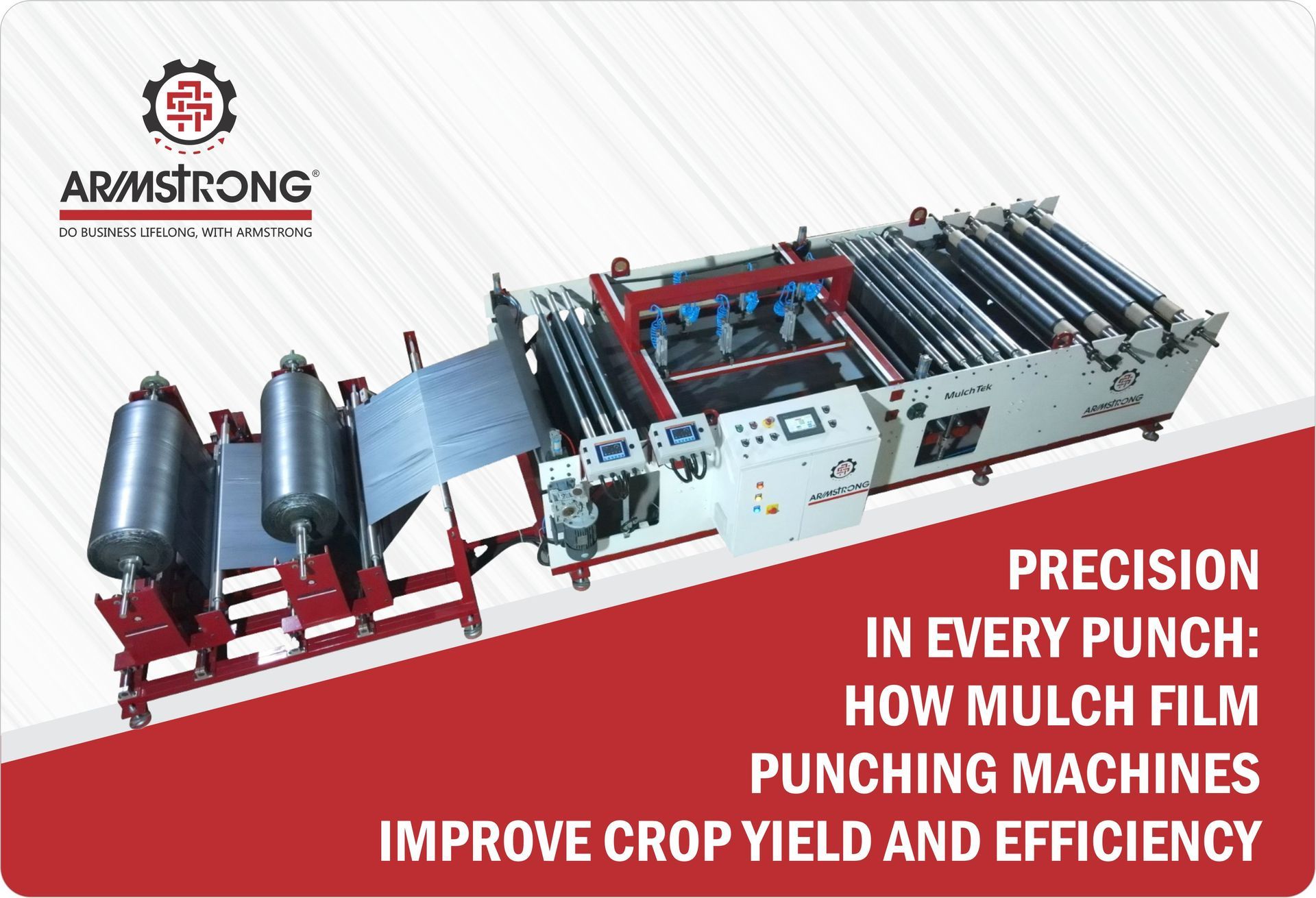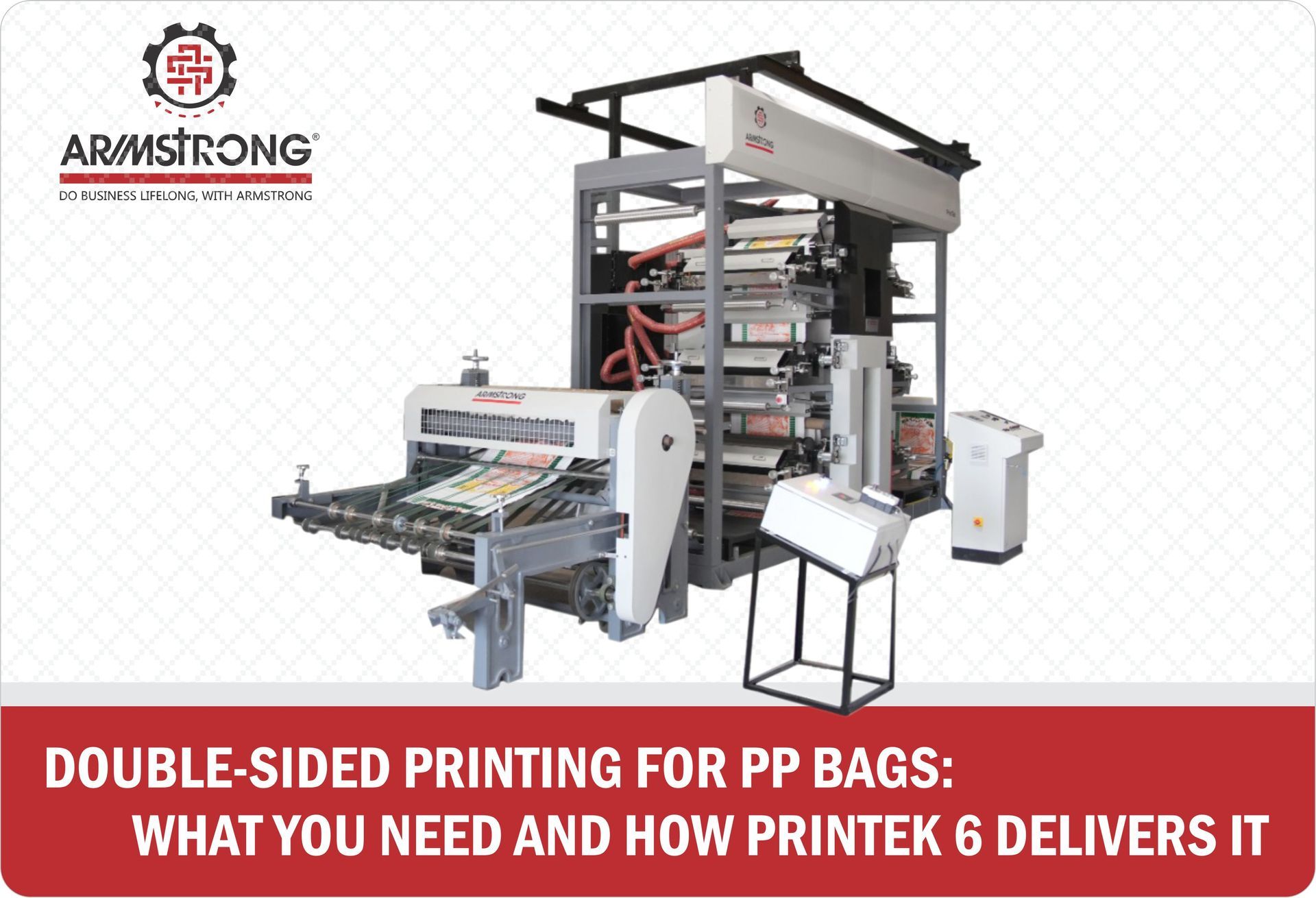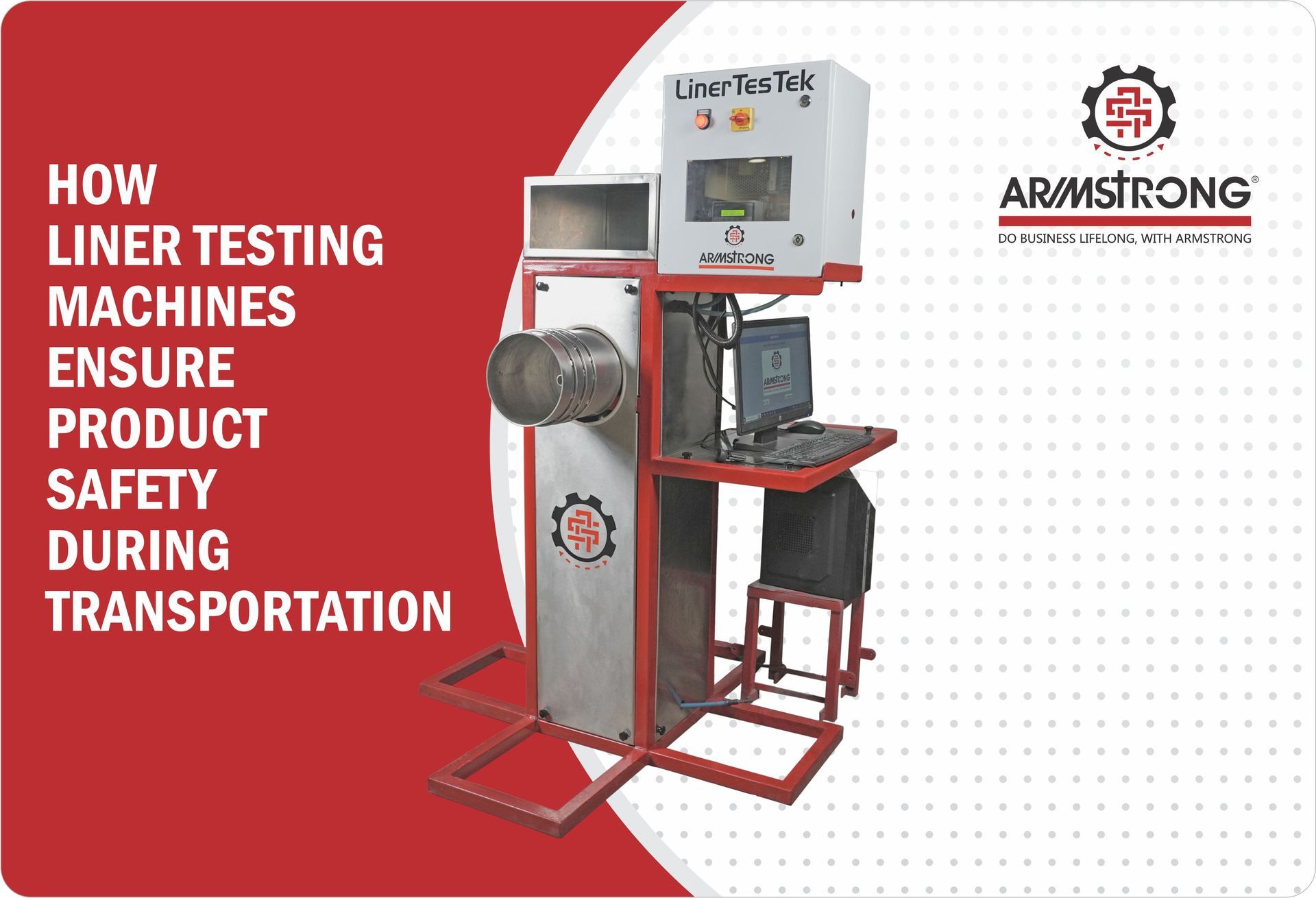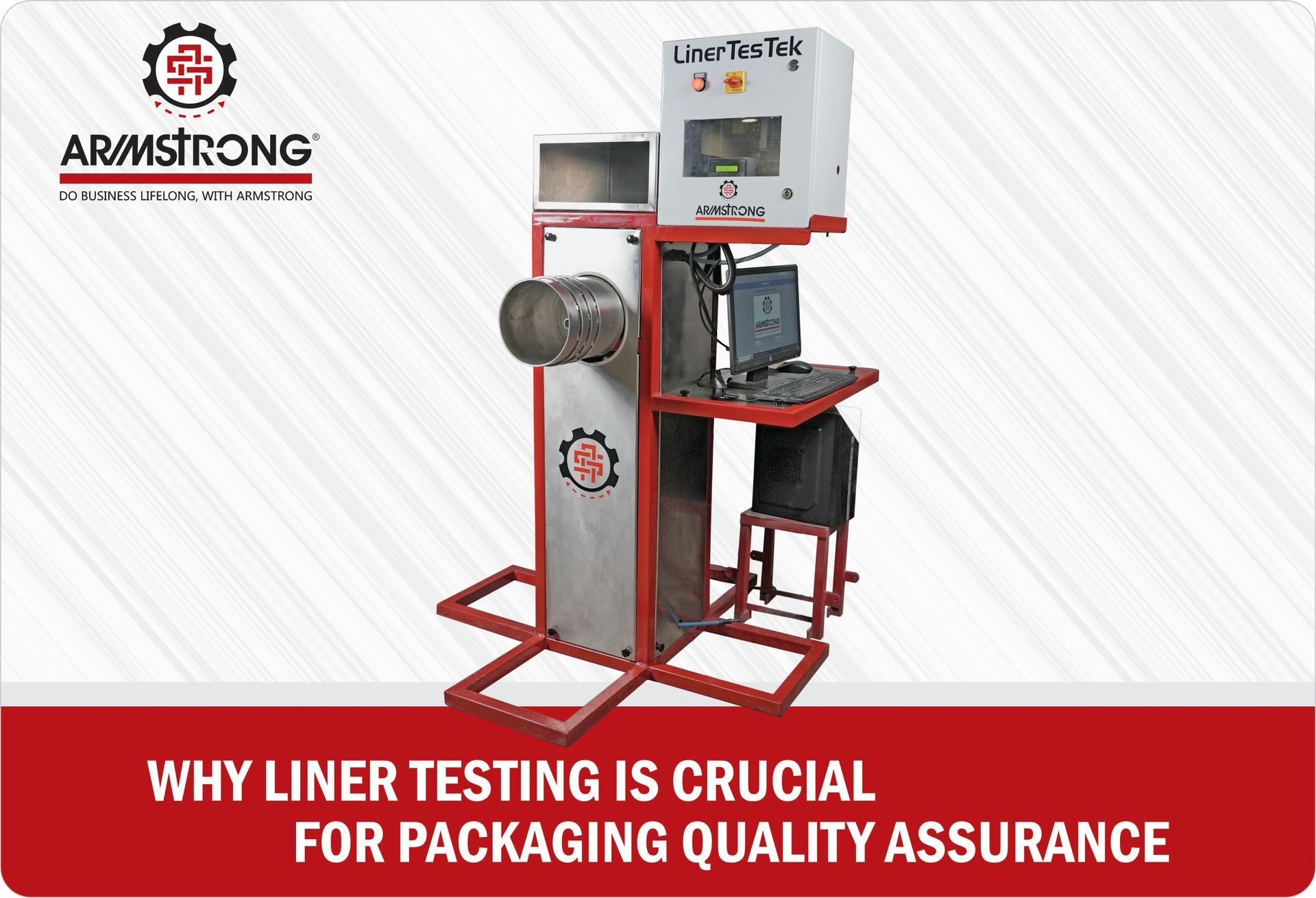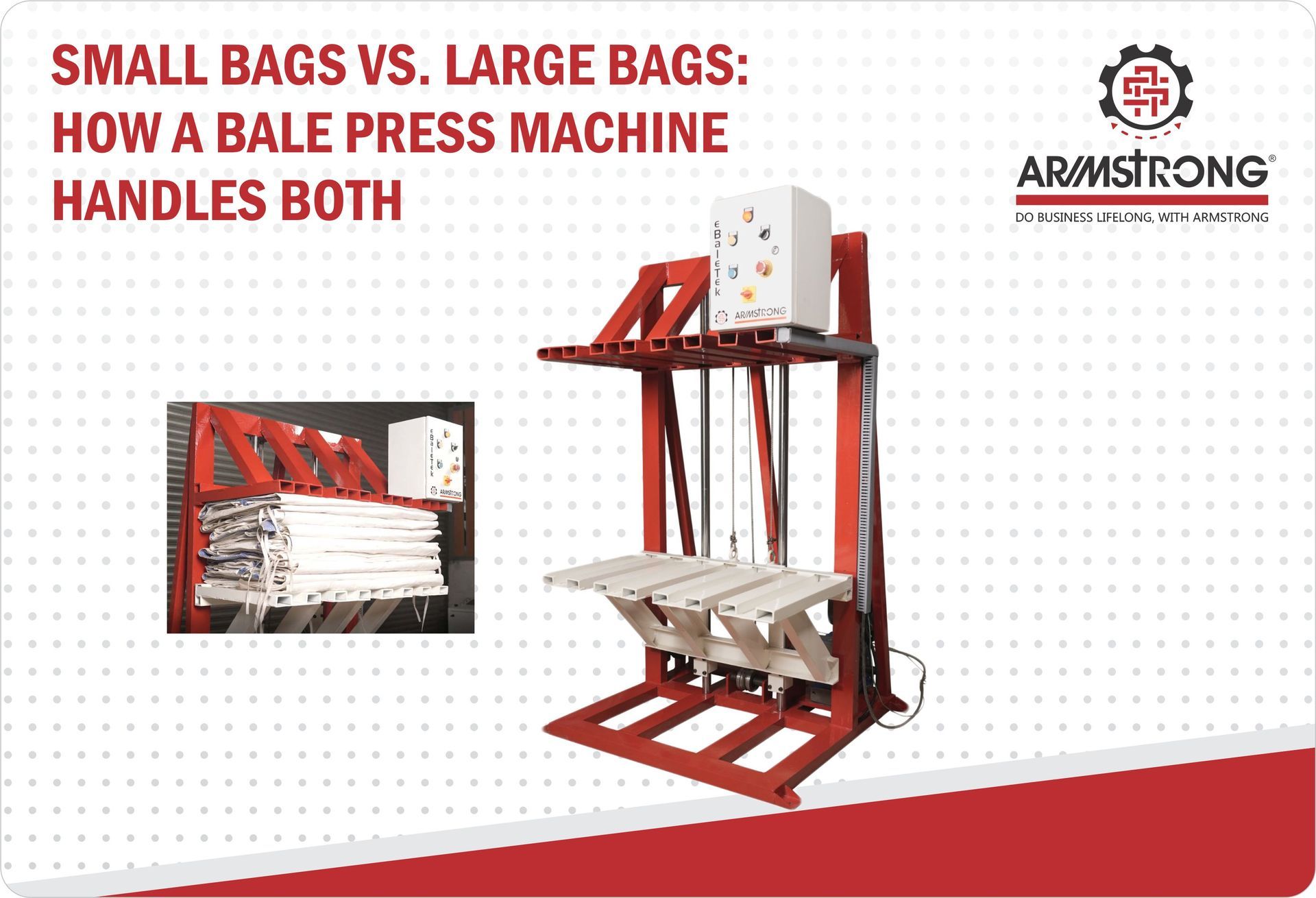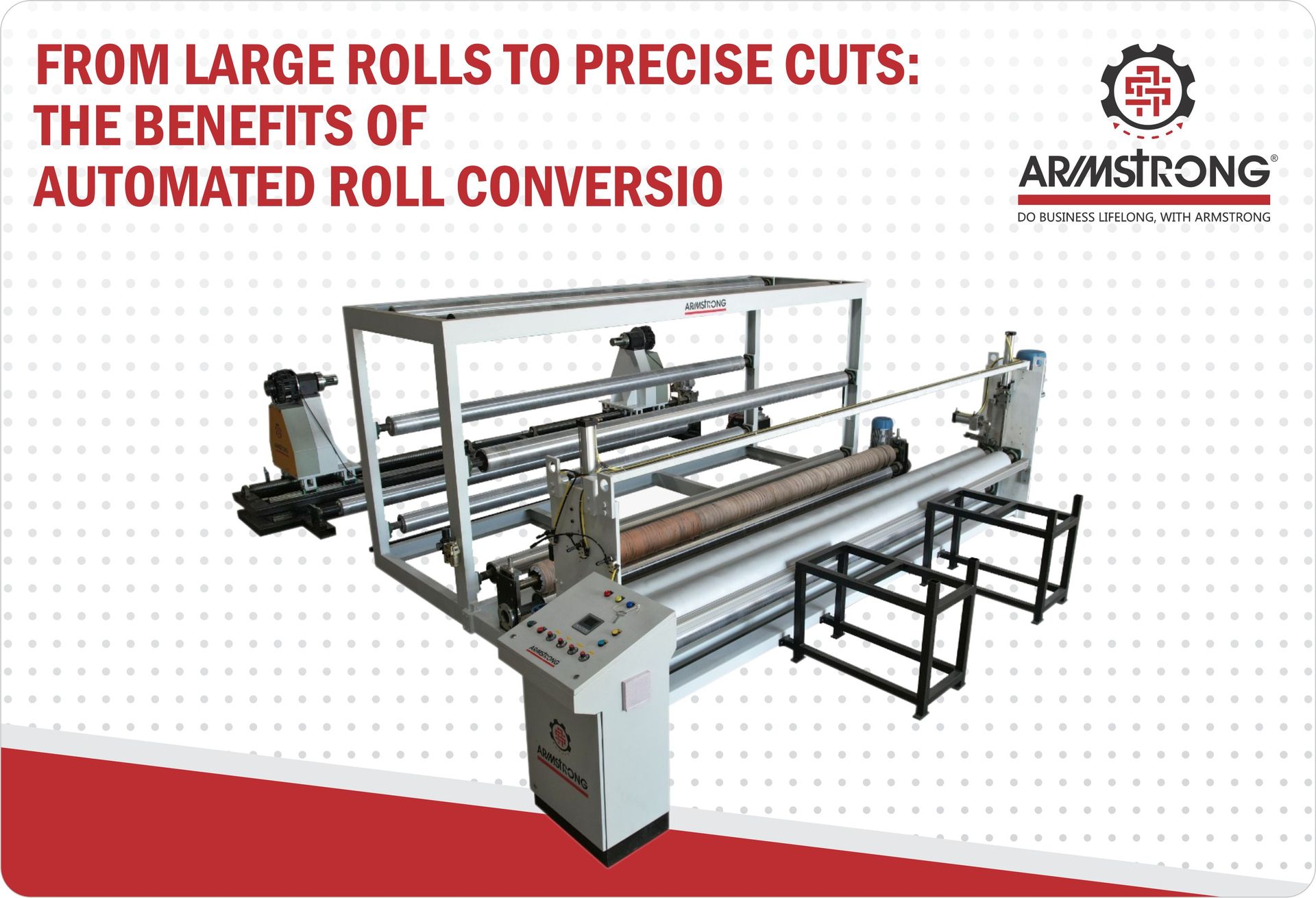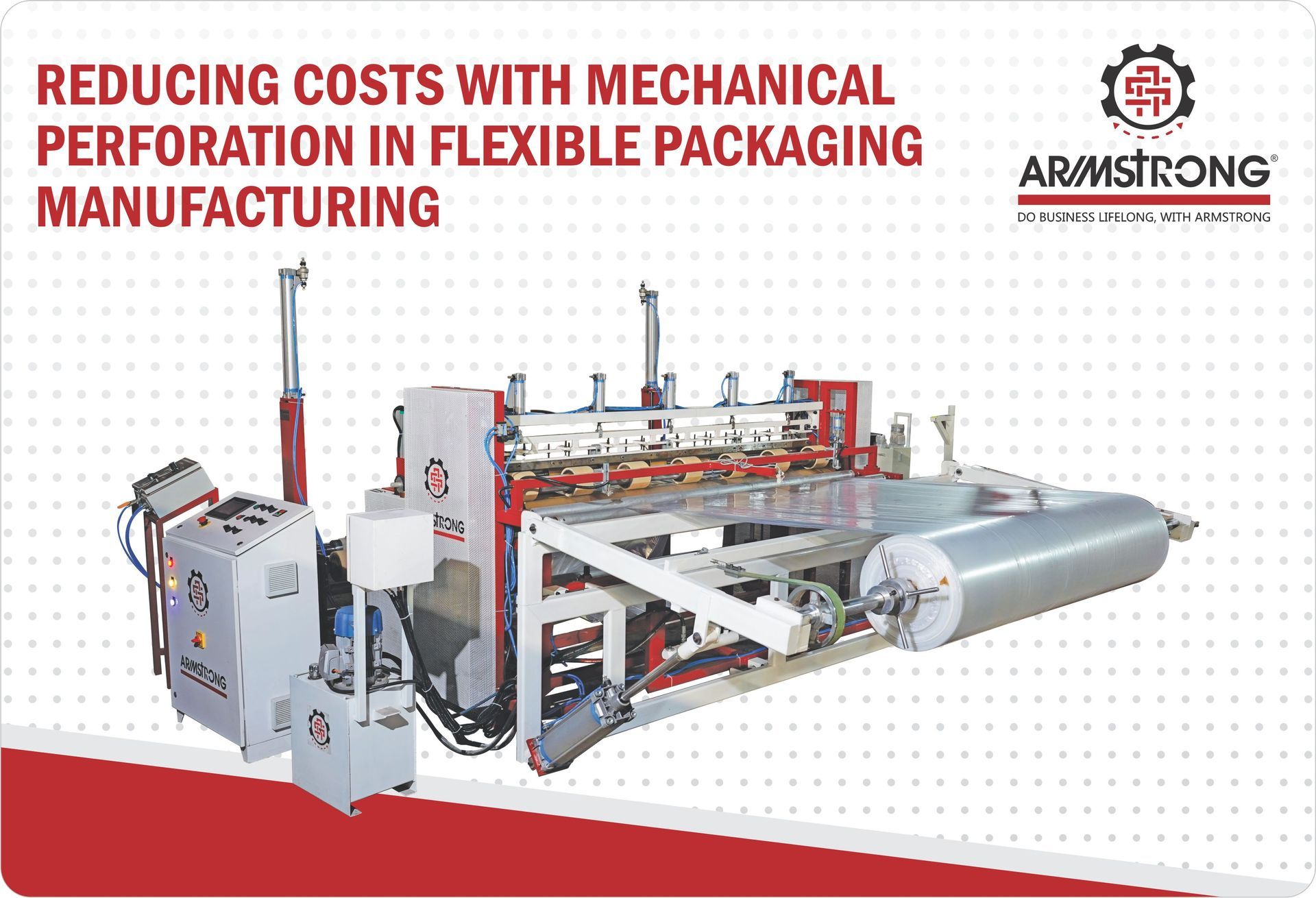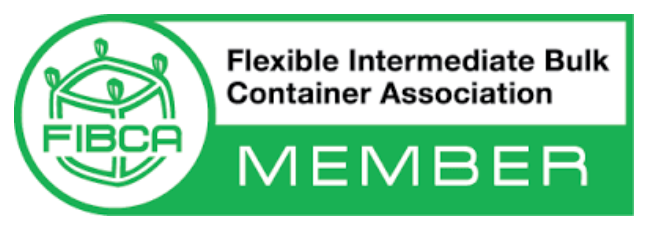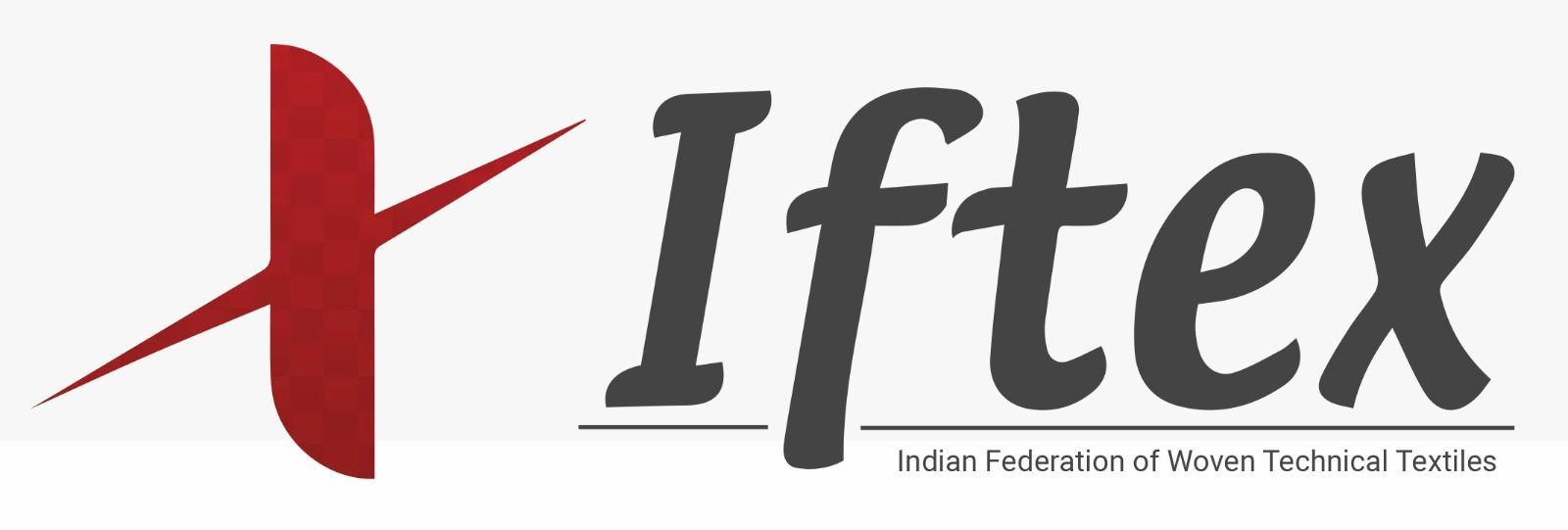Improving Cleanroom Packaging Compliance with Advanced Inner Liner Machines
Introduction
In industries where contamination control is critical, such as pharmaceuticals, food
processing, chemicals, and high-purity materials, cleanroom packaging compliance is
non-negotiable.
A key component in maintaining this compliance is the use of Flexible Intermediate
Bulk Containers (FIBCs or "big bags") with inner liners that prevent contamination,
dust release, and moisture ingress.
Traditional liner insertion methods often fall short in precision, consistency, and
efficiency. However, advanced bottle-shaped liner sealing machines revolutionize this
process by automating liner formation, sealing, and cutting, ensuring optimal
protection and compliance with stringent industry standards.
The Importance of Cleanroom Packaging Compliance
Cleanrooms require strict contamination control to maintain product integrity.
In industries like pharmaceuticals, biotechnology, and fine chemicals, even minor
particulate contamination can lead to:
● Product recalls
● Regulatory non-compliance (FDA, EU GMP, ISO 14644)
● Loss of consumer trust
Inner liners in FIBCs act as a barrier against moisture, dust, and external
contaminants, ensuring that sensitive materials remain uncontaminated during
storage and transport.
However, manually inserting liners is prone to:
● Human error (improper sealing, misalignment)
● Inconsistent liner formation leading to leaks
● Increased risk of contamination
This is where automated bottle-shaped liner-sealing machines come into play.
Challenges in Traditional Liner Insertion Methods
1. Manual Liner Installation is Time-Consuming and Error-Prone
Workers must manually shape, cut, and seal liners, leading to variability in quality and
fit. Misalignment during installation can create gaps, allowing contaminants to
infiltrate the packaging. This inconsistency increases the risk of product
contamination and operational inefficiencies.
2. Inconsistent Sealing Leads to Leaks
Hand-sealed liners often develop weak spots due to uneven pressure or human error,
increasing the risk of material spillage. If the seal is not completely airtight, dust and
moisture can penetrate, compromising product integrity. Such failures can lead to
costly waste and non-compliance with industry standards.
3. Difficulty in Handling Complex FIBC Designs
FIBCs with multiple spouts (filling and discharging) require precise liner shaping to
ensure a proper fit. Traditional methods struggle with intricate designs, particularly
bottle-shaped liners, leading to improper sealing. This limitation reduces packaging
reliability and increases contamination risks.
4. Compliance Risks in Regulated Industries
Manual liner insertion lacks traceability, making it difficult to document processes for
regulatory audits. Non-compliance with GMP, ISO, and FDA standards due to
inconsistent practices can result in penalties or product recalls. Automated solutions
are essential to meet stringent industry requirements.
How Armstrong's Bottle Shape Liner Sealing Machine Enhances Compliance
● The manufacturing, sealing, and cutting procedures of the liner are automated
by Armstrong's Bottle Shape Liner Sealing Machine. This ensures precision,
consistency, and adherence to cleanroom regulations.
● With the help of Armstrong's Bottle Shape Liner Sealing Machine, liner
creation, sealing, and cutting may be automated with accuracy, uniformity,
and adherence to cleanroom regulations.
Key Features of the Machine
● Automated PLC Control System
The machine uses a programmable logic controller (PLC) for precise,
repeatable liner formation. This automation minimizes human intervention,
reducing contamination risks. Strict adherence to industry regulations is
ensured by consistent performance.
● Advanced AC Servo Motor Technology
Equipped with high-torque servo motors, the machine delivers stable speed
and low-noise operation. This technology ensures smooth, damage-free
sealing without compromising material integrity. The result is a highly efficient
and reliable packaging process.
● Cold Perforation Cutting Technology
Unlike heat-based cutting, cold perforation prevents liner deformation and
ensures clean edges. This method eliminates dust generation, maintaining a
contamination-free environment. Product protection and sealing quality are
improved by precision cutting.
● Customizable for Different FIBC Designs
The machine adapts to various FIBC configurations, including four-loop big
bags and multi-spout designs. It easily moves bottle-shaped covers into place
inside the container. This flexibility makes it ideal for diverse industry
applications.
● Roll Lift-Up Unit for Efficient Liner Handling
Automated feeding and positioning reduce manual handling, improving speed
and consistency. The roll lift-up unit streamlines liner placement, minimizing
errors. This feature enhances productivity while maintaining high packaging
standards.
Benefits of Using Armstrong's Liner Sealing Machine
● Enhanced Cleanroom Compliance
The machine ensures airtight seals, preventing dust and moisture ingress. It
meets ISO 14644 and GMP standards for contamination control. Reliable
performance reduces the risk of regulatory violations.
● Improved Efficiency & Cost Savings
Automation minimizes human error in liner installation and lowers labor
expenses. Faster production cycles with consistent quality lead to higher
throughput. Businesses benefit from reduced waste and operational costs.
● Better Product Protection
Precision sealing prevents material loss due to leaks or improper fits. Sensitive
products are shielded from environmental factors, extending shelf life.
Enhanced packaging integrity ensures safe storage and transportation.
● Regulatory & Audit Readiness
Automated processes provide traceable documentation for compliance audits.
Consistent liner sealing meets FDA, GMP, and ISO requirements. Companies
avoid penalties by maintaining adherence to industry regulations.
● Versatility Across Industries
The machine supports pharmaceuticals, food, chemicals, and electronics with
customized solutions. Its adaptability ensures optimal performance for
different materials and bag designs. Cross-industry applicability makes it a
valuable investment.
Applications in Key Industries
● Pharmaceuticals & Biotechnology: The machine ensures sterility in bulk
drugs, vaccines, and biologics packaging. It complies with FDA 21 CFR Part 11
and EU GMP guidelines. Contamination-free liners protect high-value
pharmaceutical products.
● Food & Nutraceuticals: It safeguards powdered ingredients, vitamins, and
additives from contamination. Compliance with FSSC 22000 and HACCP
standards is maintained. Hygienic packaging preserves both product quality
and consumer safety.
● Specialty Chemicals: The main purpose of a liner sealing system is to stop
moisture from getting into reactive and hygroscopic materials. It minimizes
workplace dust exposure, supporting OSHA compliance. Reliable containment
prevents hazardous material leaks.
● Manufacturing of Electronics and Semiconductor sit: It satisfies the strict
purity standards needed to produce semiconductors. Contamination
management ensures high-performance electrical components.
Conclusion
Maintaining cleanroom packaging compliance is more than simply a recommended
practice in a modern, heavily regulated industry. It is a necessity. Armstrong's Bottle
Shape Liner Sealing Machine revolutionizes the process by automating liner
formation, sealing, and cutting with unmatched precision.
By eliminating human error and ensuring airtight, contamination-free seals, this
advanced machine addresses the shortcomings of traditional methods. Its ability to
handle complex FIBC designs while meeting GMP, ISO, and FDA standards makes it an
indispensable solution for contamination-sensitive sectors.
Investing in this technology translates to enhanced product protection, reduced
waste, and significant cost savings, all while simplifying regulatory compliance.
Whether in pharmaceuticals, food processing, chemicals, or electronics, the machine
delivers consistent, high-quality packaging performance.
For businesses seeking reliability, efficiency, and compliance, Armstrong's liner
sealing system is a clear choice. Explore how this innovation can elevate your
packaging process at www.armstrongex.com. A fully automated, highly accurate, and
completely foolproof system for cleanroom packing has finally arrived.
